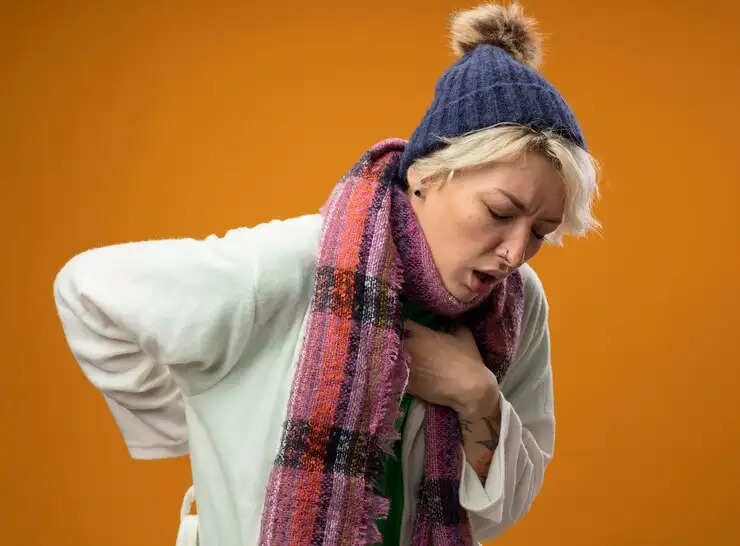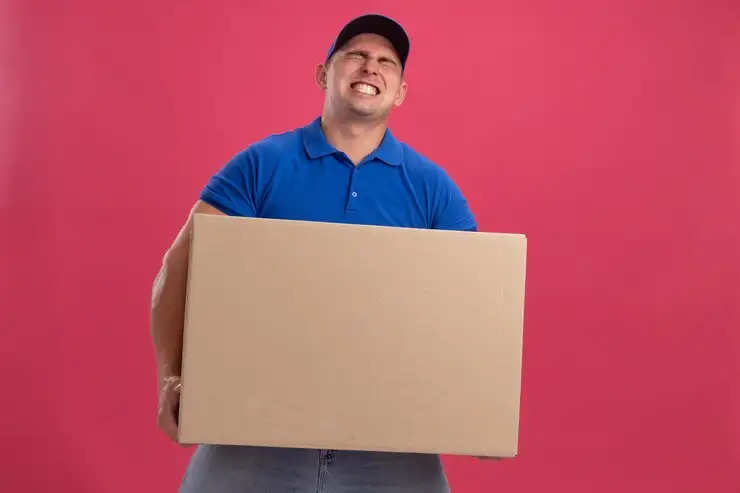Managing Incontinence with Ease: Tips for Everyday Comfort and Confidence

Just imagine you are working or out for some errands and start feeling some leak in your pants. The condition of not being able to control your bladder is usually so uncomfortable and lowers self-esteem.
From disrupting mental peace and productivity to affecting overall health, incontinence has affected millions of people, be it any age group or gender. However, with the advancement in technology, many measures have been developed to ease the issue of incontinence, which we will discuss in the article.
If you or your loved one is suffering from incontinence, continue reading the article to discover various ways you can minimize the leaks and enjoy moments of life without any hesitation.
1. Use Incontinence Products
Incontinence products, such as adult diapers, incontinence underwear, and pull-up diapers, are helpful because they allow for independence, comfort, and relief from weak bladder symptoms.
Adult diapers are among the practical approaches for people with no control over their bladders. They are convenient and can be worn by adults or even the elderly, irrespective of gender.
These diapers are composed of layers of absorbent material that lock away the moisture, keeping you free from any worry of leakage. The two most common types of adult diapers used are pull-up and tape-styled adult diapers.
Pull-up diapers are ideal for those individuals who lead a pretty active lifestyle and need surety and utmost comfort throughout the day. They are worn like underwear and are available either as disposable or reusable diapers.
On the other hand, tape-styled diapers suit individuals who aren’t very active in their movements and preferably reside indoors due to mobility or health issues. Such people require adult diapers with maximum absorption to reduce the changing times.
When you go for adult diapers, ensure that they are skin-friendly and odor-free. These features give an extra layer of confidence and protection. Ensure that you invest in environmentally friendly diapers that decompose easily and don’t occupy much space in landfills.
The adult diapers, apart from their commendable functional capability, bring light to the lives of people suffering from incontinence-related challenges.
2. Know About Your Incontinence Type
Understanding the type of incontinence you are suffering from can help you form a tailor-made approach. There are four types of incontinence: stress incontinence, urge incontinence, functional incontinence, and overflow incontinence.
-
Stress Incontinence

Such type of incontinence is due to the sudden pressure felt by the bladder due to any activity or movement. For example, jumping, coughing, sneezing, laughing, or lifting heavy weights.
-
Urge Incontinence
In such a type of urinary incontinence, a person has to go to the bathroom suddenly; however, before reaching the bathroom, they experience a leak.
-
Functional Incontinence
Functional incontinence: when a person is not allowed to go to the restroom due to some disease or disorder, or there is any kind of physical obstacle, this type of incontinence is known as functional incontinence.
-
Overflow Incontinence
The leaks experienced due to a full bladder is an overflow incontinence. This kind involves the need to go to the bathroom even after completely emptying the bladder. Overflow incontinence is due to chronic urinary retention, enlarged prostate, or overactive bladder.
3. Exercise to Reduce Incontinence
The condition of incontinence may be related to increased abdominal pressure with weak pelvic muscles. As per the structural and functional aspects of the body, it is essential to concentrate on pelvic health in the management of urinary incontinence.
Pelvic floor muscles are a group of muscles that lie in the pelvis region between the tailbone and the pubic bone, and their functionality is directly linked to leakage. Kegel is one of the most efficient exercises, and it provides strength to the pelvic floor muscles.
Although exercises do not completely alleviate the risk of incontinence, they can help ease the symptoms. Other effective physical practices that help reduce urges are squats, bird dog poses, mountain poses, and diaphragmatic breathing.
4. Avoid Heavy Lifting

If you feel and bear the consequence of a loose bladder while lifting heavy objects, it is an indication that you may be suffering from stress incontinence. It occurs due to physical exertion related to activities like lifting furniture or heavy objects, coughing, sneezing, jumping, and other similar activities.
Due to the sudden pressure felt by the bladder and urethra and their inability to bear it, leaks happen. To avoid being caught up in such a situation, you should either resist lifting heavy or ask for help from another person.
5. Reduce Weight
Obesity is risky to the overall health of an individual and opens the path for other health issues such as asthma, heart attack, diabetes, and much more.
Because of heavy body weight, an individual's joints are affected, which restricts the movement of a person; therefore, a person gets delayed in reaching the restroom, leading to dribbling or leaks in the pants.
Other than abdominal obesity, obesity due to pregnancy weakens pelvic floor muscles, creating the risk of leaks. That being the case, obesity and incontinence are directly proportional to each other; hence, weight reduction is necessary.
6. Change Lifestyle
Certain changes in lifestyle practices can significantly affect incontinence. For example, smoking can produce coughing spasms that put pressure on the bladder and cause leaks. In addition, food substances high in citrus and caffeine can also irritate the bladder and increase the chances of leakage.
One way to counter the risk is the bladder training option, which can help diminish the symptoms of incontinence. In bladder training, you train your bladder to take bathroom breaks at specific intervals, helping manage the leak accidents.
Consequently, by switching to a healthy lifestyle and alternatives, you could reduce the symptoms of involuntary leaks and live a healthy life.
Conclusion
Life is precious, and no one wants to miss out on any moments, but imagine you can’t even giggle or do involuntary actions like coughing and sneezing without feeling leakage, a sign of incontinence.
Therefore, by incorporating the above-mentioned prevention strategies, you can relieve the symptoms of incontinence. While urinary incontinence is a misunderstood but complex issue, awareness is required of the masses.
In old age, where movement is limited, the thought of going for a stroll outside in the fresh air becomes a nightmare due to the leaks. The first step towards resolving the incontinence journey lies in embracing reality and following the precautionary steps.
If you are suffering from this uncomfortable condition, try taking measures to limit its cause and attempt to discuss it with your loved ones or a healthcare practitioner.



